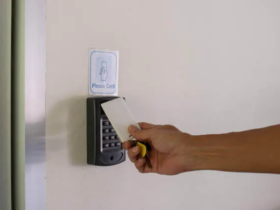In today’s interconnected world, navigating the intricate process of international document authentication is essential for individuals and businesses alike. One critical aspect of this process is apostille translation. Whether you’re planning to study abroad, expand your business globally, or pursue opportunities overseas, understanding apostille translation is paramount. This comprehensive guide aims to demystify the complexities surrounding apostille translation, providing you with the knowledge and tools necessary to navigate this intricate process with ease.
Understanding Apostille Translation
What is Apostille Translation?
Apostille translation is the process of translating official documents, such as birth certificates, marriage licenses, academic transcripts, and legal contracts, into another language for use in countries that are parties to the Hague Apostille Convention. This convention simplifies the legalization of documents for international use by eliminating the need for further authentication or legalization.
Why is Apostille Translation Necessary?
Apostille translation is necessary for individuals and businesses seeking to use official documents in foreign countries where a different language is spoken. Without proper translation, these documents may not be recognized or accepted by foreign authorities, leading to delays, legal complications, or missed opportunities.
The Apostille Translation Process
Step 1: Document Preparation
Before initiating the apostille translation process, it’s crucial to ensure that your documents are in order. This includes obtaining certified copies of the original documents and verifying their accuracy and completeness.
Step 2: Choosing a Reliable Translation Service
Selecting a reputable translation service provider is key to ensuring the accuracy and validity of your apostille translation. Look for certified translators with expertise in legal and official document translation, and inquire about their experience with apostille processes.
Step 3: Translation and Certification
Once you’ve chosen a translation service, submit your documents for translation. The translator will translate the content accurately while preserving the original format and layout. After translation, the documents are certified to attest to their accuracy and authenticity.
Step 4: Apostille Authentication
After the documents have been translated and certified, they must undergo apostille authentication. This involves obtaining an apostille certificate from the competent authority in the issuing country, which verifies the authenticity of the translator’s certification.
Conclusion
Navigating the complexities of apostille translation can seem daunting, but with the right knowledge and guidance, it can be a streamlined process. By understanding the importance of apostille translation, familiarizing yourself with the process, and enlisting the help of reputable translation service providers, you can ensure that your official documents are recognized and accepted internationally. With this ultimate guide at your disposal, you can simplify the complexities of apostille translation and confidently pursue your global endeavors.








